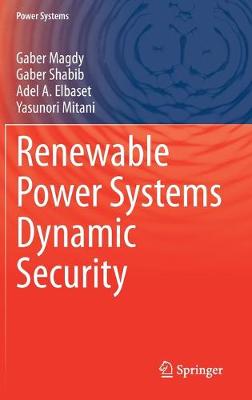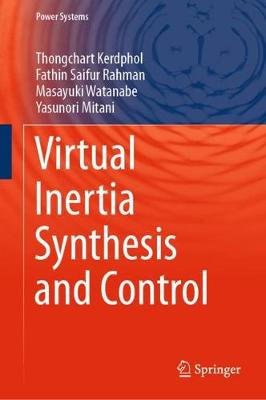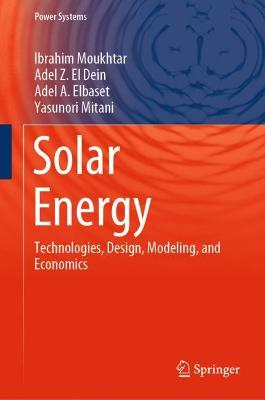Power Systems
3 total works
Renewable Power Systems Dynamic Security
by Gaber Magdy, Gaber Shabib, Adel A. Elbaset, and Yasunori Mitani
Virtual Inertia Synthesis and Control
by Thongchart Kerdphol, Fathin Saifur Rahman, Masayuki Watanabe, and Yasunori Mitani
This book provides a thorough understanding of the basic principles, synthesis, analysis, and control of virtual inertia systems. It uses the latest technical tools to mitigate power system stability and control problems under the presence of high distributed generators (DGs) and renewable energy sources (RESs) penetration.
This book uses a simple virtual inertia control structure based on the frequency response model, complemented with various control methods and algorithms to achieve an adaptive virtual inertia control respect to the frequency stability and control issues. The chapters capture the important aspects in virtual inertia synthesis and control with the objective of solving the stability and control problems regarding the changes of system inertia caused by the integration of DGs/RESs. Different topics on the synthesis and application of virtual inertia are thoroughly covered with the description and analysis of numerous conventional and modern control methods for enhancing the full spectrum of power system stability and control. Filled with illustrative examples, this book gives the necessary fundamentals and insight into practical aspects.This book stimulates further research and offers practical solutions to real-world power system stability and control problems with respect to the system inertia variation triggered by the integration of RESs/DGs. It will be of use to engineers, academic researchers, and university students interested in power systems dynamics, analysis, stability and control.
Solar Energy
by Ibrahim Moukhtar Abdelgawad, Adel Z. El Dein, Adel A. Elbaset, and Yasunori Mitani
- Provides an introduction to renewable energy and the advantages of solar energy systems
- Outlines methods for modeling central tower receiver power plants
- Includes case studies on photovoltaic (PV) and hybrid PV and concentrated solar power systems


